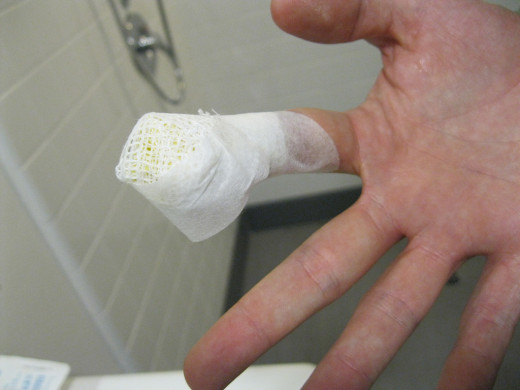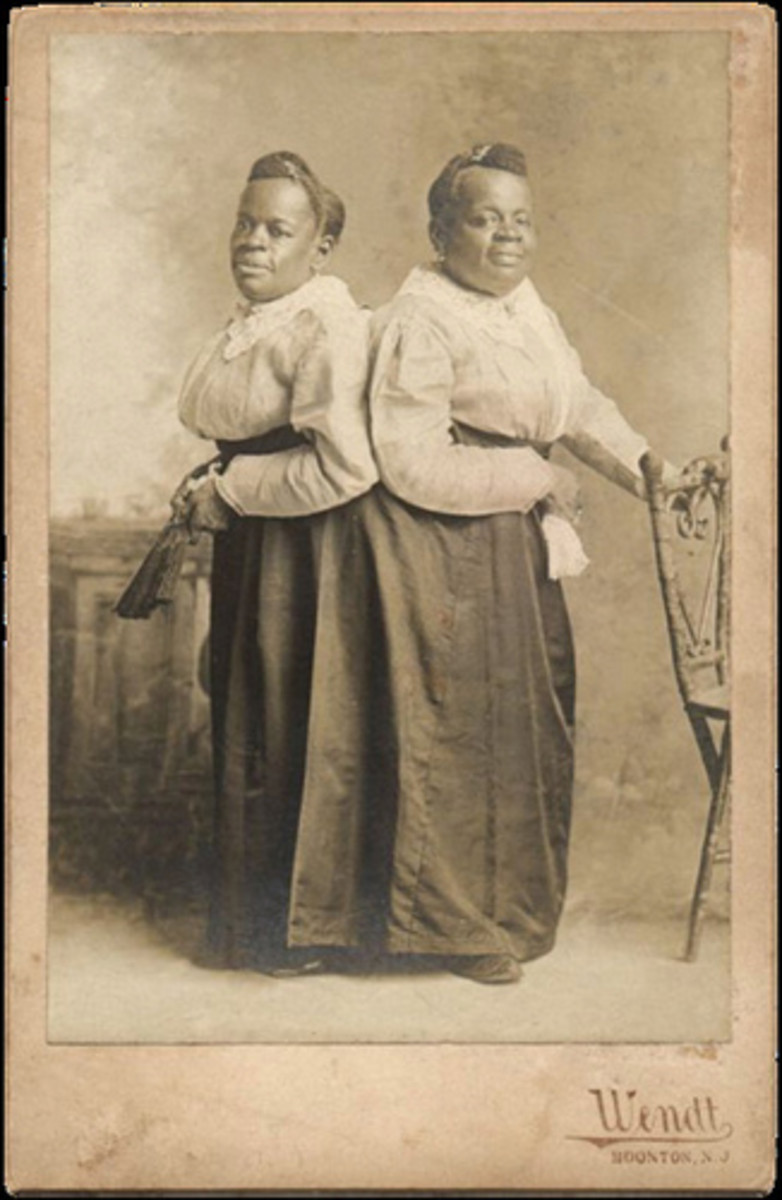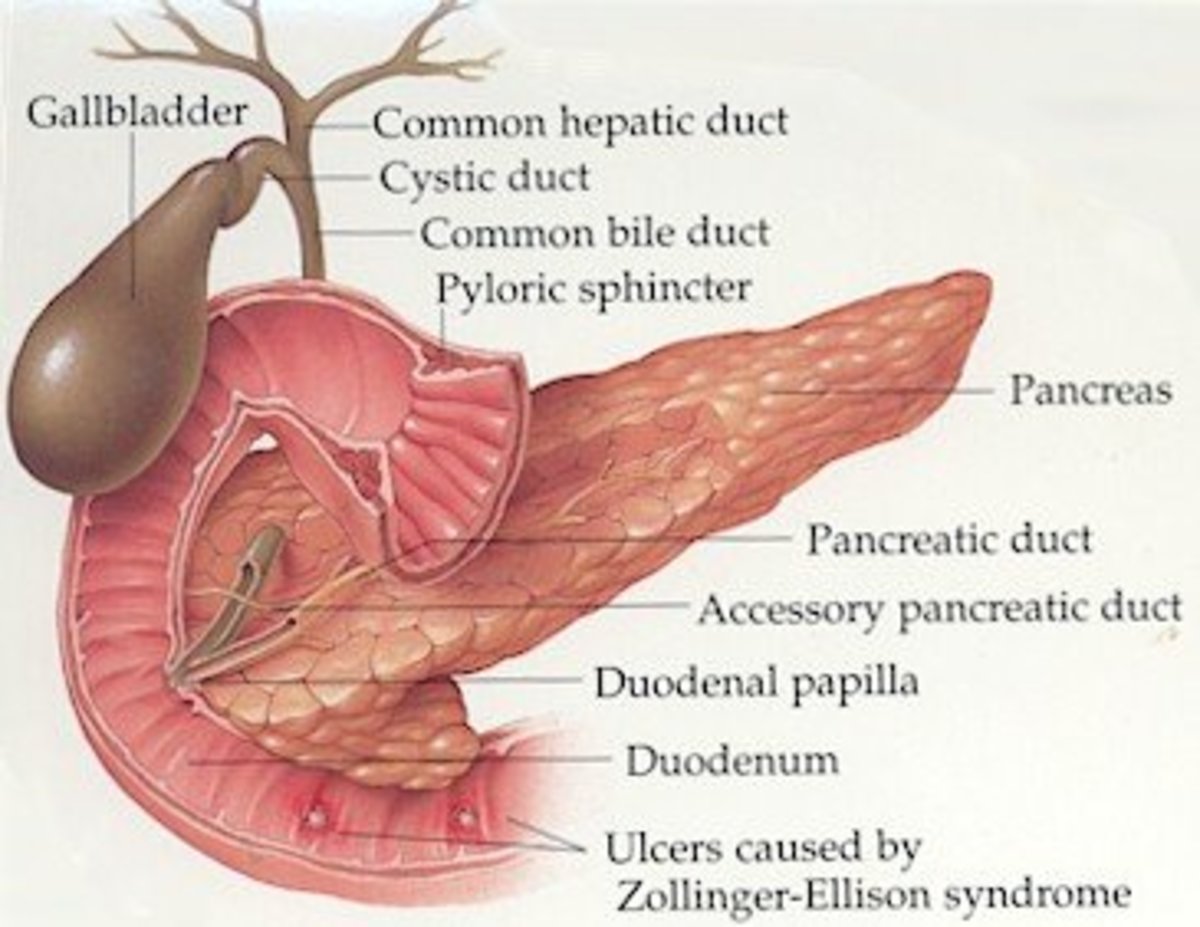Effective Wound Care Programs
Effective Care Principles
Medical institutions that deal with open wounds and the treatment of wounds on an ongoing basis should consider their existing wound care practices and programs in light of modern day wound care manufacturing. The elements of a good wound care program will be discussed as well as individual best practices for wound care.
The healthcare system in the US spends more than $4 billion on wound care management products. Ensuring that these costs remain as low as possible through effective care principles and maintaining well trained staff is important for these institutions. Wounds that become chronic care wounds need to be properly addressed and with steps that ensure their proper diagnoses and treatment. There are a number of questions that need to be addressed in the case of these wounds.
Advanced Wound Care

How Is The Wound Healing?
If the answer is yes to this question then appropriate moist wound environments will generally be sufficient in the dressings. Yet if the answer is no then a number of factors have to be addressed to establish the next best practice. Other issues could include if the wound is moist, friction, shear, good nutrition, range of mobility, and amount of pressure on the wound.
Moisture Level Of The Wound
Wound care manufacturing often considers moisture and drainage two of the most important aspects in wound care. Applying a product that keeps the wound moist while at the same time being absorbent for any leaking or drainage is important. Scientific studies have proven that wounds heal faster, with less scarring and less pain when the wound bed is kept moist. Any bandage or dressing product for wounds should address this critical aspect of wound management.
Sensitive Periwound Skin?
Periwound skin, that portion of skin around the wound can often affect the choice of secondary or anchoring product to the skin. If the surrounding tissue is raw or denuded, it is advisable to choose a product that is non-adherent. If the surrounding tissue is healthy an adhesive dressing can be appropriate.
Is It A Deep Wound?
Loose wounds, those with cavities or dead space or any that have significant depth may require building the healing process from the bottom up by filling the wound with secondary intention. Special hydrogel primary dressings can be used for such wounds whereas flat or superficial wounds can be covered with a simple cover dressing.
Establishing A Consistent Wound Care Program
There are several aspects involved in a typical wound care program that should include best practices, careful planning and consideration and annual review that are discussed here. The first aspect of any great program is building the foundation of professionals that are experienced to deal with acute and chronic wounds. Hiring staff that are inexperienced can lead to the exacerbation of wounds creating an atmosphere of distrust between health care professional and patient. Effective training of these people on your best practice procedures and products can ensure the first step in having a consistently effective wound healing team.
After the people are in place the next area to concentrate training and efforts is to ensure proper wound diagnosis is completed for every wound and patient. Every individual has a different physiology such that their wounds will also respond differently than previous patients even with very similar wounds. Taking time to understand the patient’s age, mobility, countenance, and disease; essentially all the aspects of the patient’s health factors that may contribute to proper wound healing should be considered an notated before the wound procedure is conducted.
Part of the process of having the best people and the best training in a consistent program is ensuring municipal, state and federal regulations are maintained at all times and that continuing education programs are developed for staff and made a mandatory requirement of their employment. As the science and products for wound care continue to develop by wound care manufacturing specialists understanding new innovations will help keep your program consistently innovative.
Teaching staff to be continually adaptive to every single wound situation will help enable quick transitions when wounds are not responding to care as they should. As every patient has a different physiology they also have different expectations for the healing procedures which need to be taken into account for every patient and every wound. Having a wide range of treatment options for a variety of positions for each patient may be necessary and should be offered before a patient request.
Lastly taking advantage of wound care suppliers and manufacturer’s specialized training, webinars and innovative treatment options will keep your team on the cutting edge of wound care technology and possibly help in the developing of new products or best practices for other healthcare institutions. By developing an attitude of excellence among your staff for wound care management by hiring the right individuals, providing excellent training and always encouraging flexibility and continued education will help your department stand out from the crowd.
Wound Care Dressings

Types Of Dressings
Lastly a short discussion on the most popular wound care bandages, dressings and covering options will provide a great short list when considering options for treatment.
Transparent Film - ideal for primary or secondary dressings they also often come with an antimicrobial element.
Hydrocolloid Dressing - designed as a primary dressing for moderately moist and draining wounds. As these dressings are completely adhesive any wound that would require changing more than three times per week will require a different dressing. This dressing will come in contact with the wound bed.
Hydrogel Coverings - provides a perfect moist environment as a primary dressing for a great healing environment. A great non-adhesive dressing that comes with or without antimicrobial properties as well as can be used on flat or deep wounds if filling is required.
Alginate - is a great covering for filling deep wounds and providing a moist healing environment that is also designed to absorb the exudate of a wound. The filling is easily irrigated during dressing changes and is great for undermining or tunneling within a wound.
Foam Dressings - help wick wound fluids away from the wound and into the dressing helping with debridement and managing large amounts of fluid.
Establishing an effective wound care program can be as easy as contacting a wound care manufacturing supplier that can provide specialized training and can outline, consultative and advice on an effective program.



